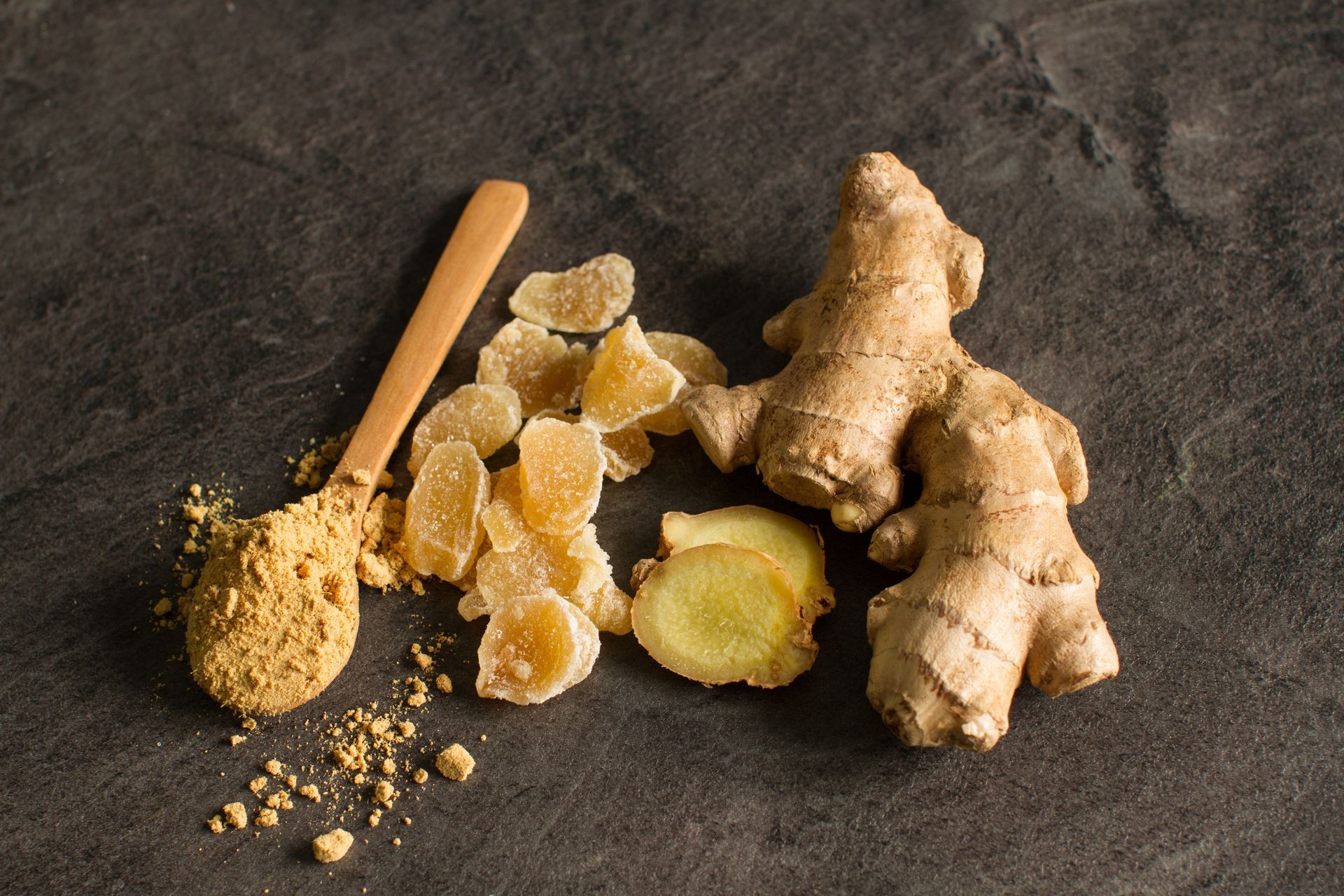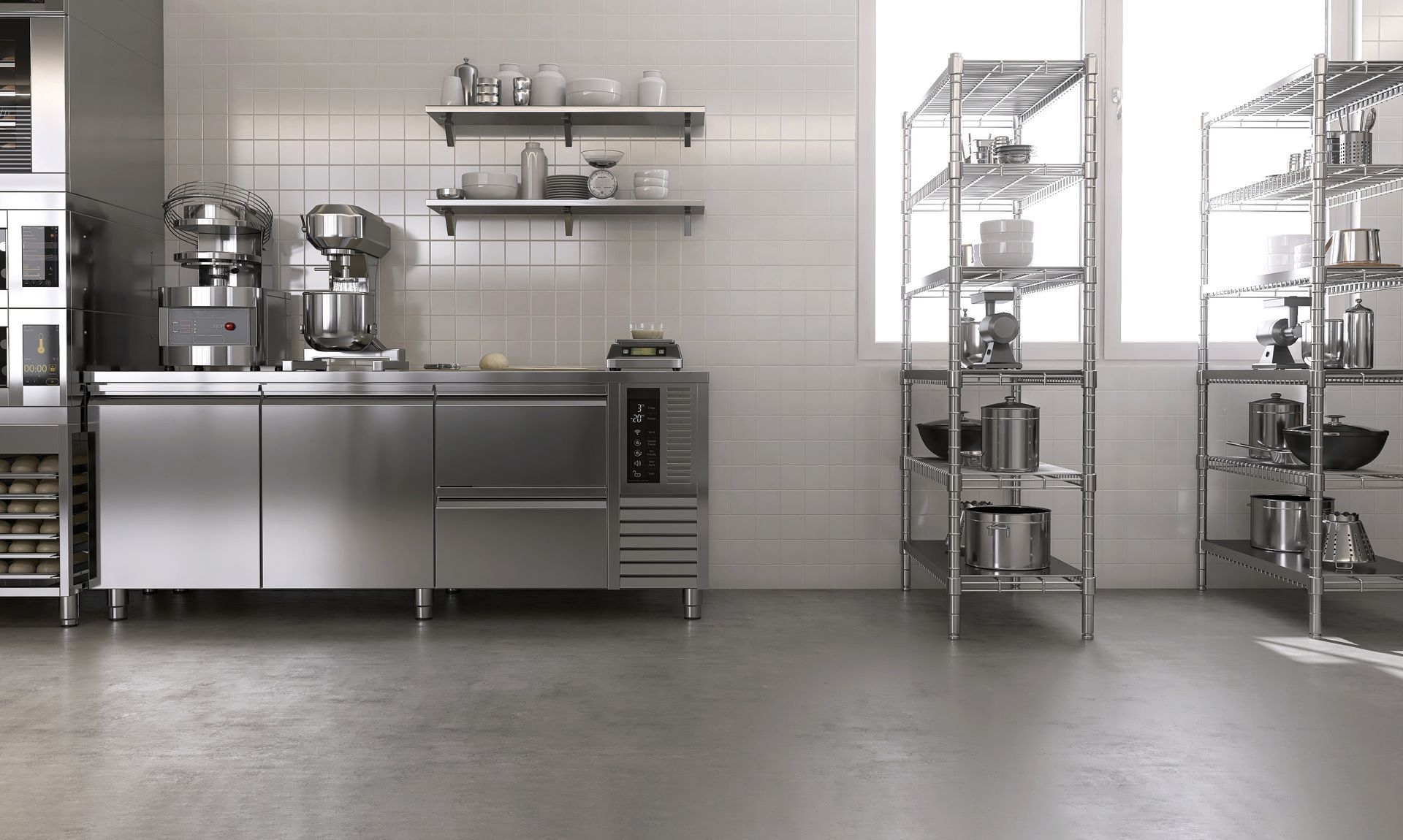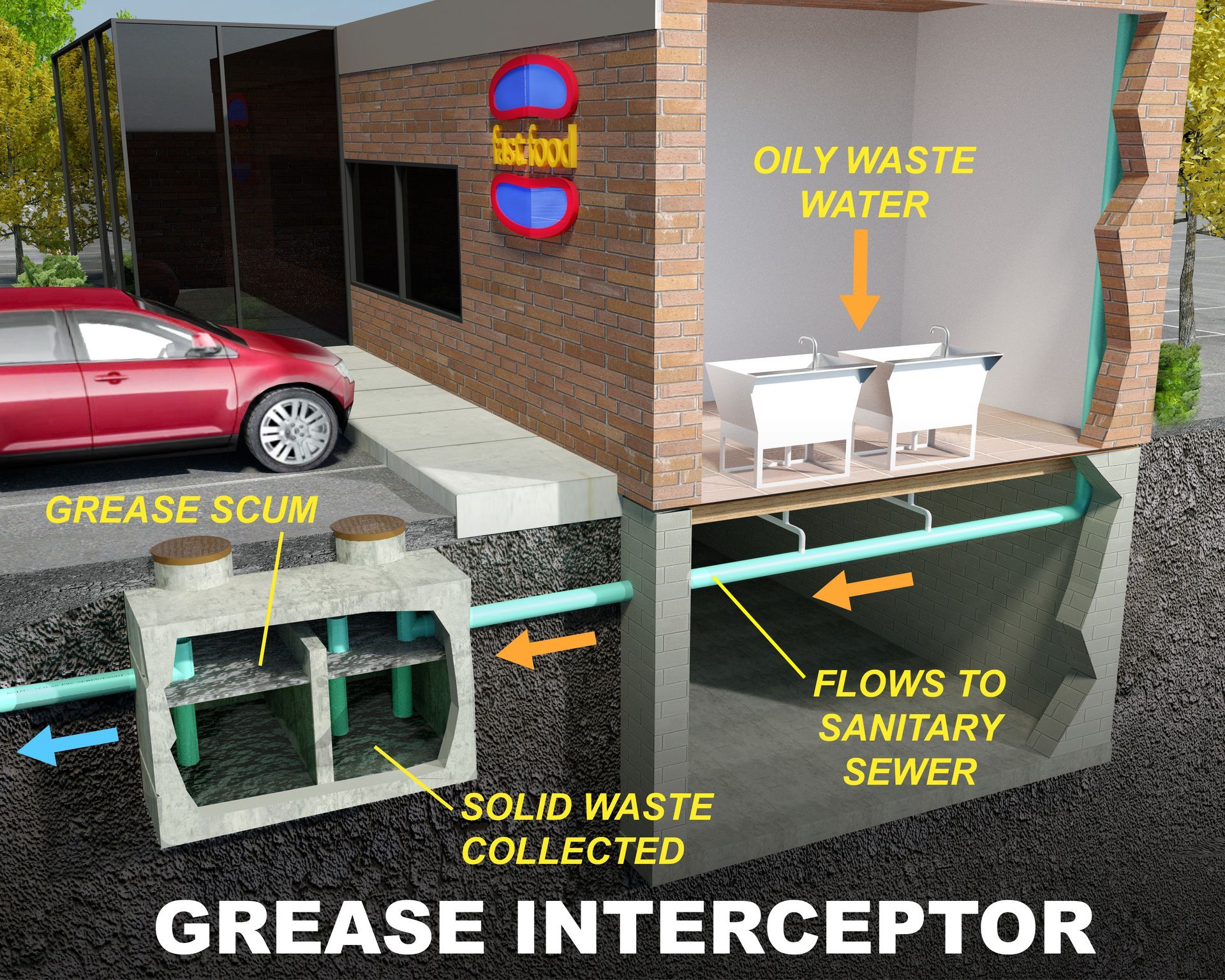What Can I Use to Purify Used Cooking Oil Aside From Ginger?

It’s necessary to establish some use-case context when discussing purifying used cooking oil. The process utilized in most commercial kitchens is fundamentally different from the process used by individuals at home in their own kitchen.
Most commercial fryers have built-in filtering capability. The fryer oil is allowed to cool and settle, during which food particles and debris sink to the bottom. The oil is then drained through a mesh screen or filter to catch debris and pumped through a fine filter to remove smaller particles. Once filtered, the oil is pumped back into the fryer for reuse. The filters, often made of paper or fabric, need to be frequently replaced. The exact number of times oil can be filtered prior to replacement varies based on the volume of prepared food and frequency of use.
In a high-volume environment where oil is filtered twice per shift, company policy may be to replace the oil after between eight and 15 filtration cycles or every four or five days. In other words, fryer oil in commercial kitchens cannot be used in perpetuity even with reliable filtration and adherence to a strict filtration schedule.
Reusing cooking oil in your kitchen at home is a different matter. Many people who use oil for frying on a regular basis try to save money and reduce waste with DIY oil filtration and purification. However, enjoying these benefits is contingent on your ability to confidently purify your cooking oil and being able to recognize when it’s time to toss it. Purifying used cooking oil can not only extend the lifespan of your used cooking oil, but it can also ensure that it remains safe and healthy for consumption for a second or third use.
One common practice is to use cheesecloth and coffee filters to remove particles in a process that’s not entirely dissimilar from commercial fryer oil filtering. Some people also utilize ginger to enhance DIY oil purification results.
How Do You Purify Used Cooking Oil With Ginger?
The antioxidants present in ginger can neutralize the odors in used cooking oil, improving its quality. It’s also easy to do – just warm the used oil in a pan, add the grated ginger and let it simmer for about 15 to 20 minutes before straining. While this method can enhance the oil’s flavor and prolong its usability, it may not remove all impurities. It’s often best to use cheesecloth to filter out large particles and a coffee filter or paper towel to filter out finer particles after simmering ginger in the oil.
Alternate Ways to Purify Used Cooking Oil
- Activated Charcoal: Activated charcoal is highly porous, allowing it to absorb impurities, odors and flavors from used cooking oil. Simply mix the charcoal with the oil and let it sit for a few hours before filtering.
- Bentofix (Bentonite Clay): Bentonite clay is a natural adsorbent that makes it easier to filter impurities out. Mix the clay with the oil, let it sit and then filter it through a fine mesh or cheesecloth.
- Gelatin: Gelatin can also clean oil. Dissolve gelatin in water and mix it with the oil, letting it cool and slowly separate the contaminants before filtering.
How to Preserve Your Purified Cooking Oil
Once you’ve assiduously strained the oil, be sure to store the filtered oil inside an airtight container, like a glass jar, in a cool, dark place, as exposure to light and heat can quickly degrade the oil, causing it to go rancid. Keep track of its age by labeling the container to ensure you use it within a safe time frame.
Do’s and Don’ts of Re-Using Cooking Oil
First Use
Monitor the oil carefully, checking its temperature while cooking to ensure it doesn’t burn, as overheating can cause the oil to break down and create harmful compounds. After filtering, assess the smell and consistency of the oil to verify it can safely be reused before storing it.
Don’t add water to the oil as it can degrade the quality of the oil. This can also lead to grease splattering over your stove, walls and countertops, which can be difficult to clean[1] .
Second and Subsequent Uses
Filter the oil after each time you use it. Be strict in your evaluation of the oil. It’s better to play it safe and throw used oil away than to save a few bucks.
Don’t mix different reused oils together or add fresh oil to your batch, as this can make it more difficult to gauge the quality and safety of the reused oil.
If the smell, color, consistency or anything at all about the oil seems off to you, don’t risk it. You also shouldn’t use it for frying. Frying requires high temperatures that can quickly degrade oil that’s already been used two or more times.
Get Reliable Waste Oil Disposal for Your Commercial Kitchen in Atlanta
The team at Southern Green Industries makes it easy to manage fryer oil waste. In addition to reliable grease trap cleaning, we also pay top dollar for waste oil and can even install an integrated oil collection system to eliminate the risk of spills during waste oil disposal.
Hire Experts Who Have Provided Georgia Restaurants With Effective Fryer Oil Recycling and Grease Trap Cleaning Service Since 2007
Call (404) 419-6887 today to learn more about Southern Green Industries’ fryer oil recycling services and receive a free quote.
Recent Blog Posts
Contact us Today for a FREE Quote
We are committed to making grease trap cleaning and fryer oil recycling as clean and easy as possible. If you’d like to learn more about our services or get a quote, give us a call at (404) 419-6887.



